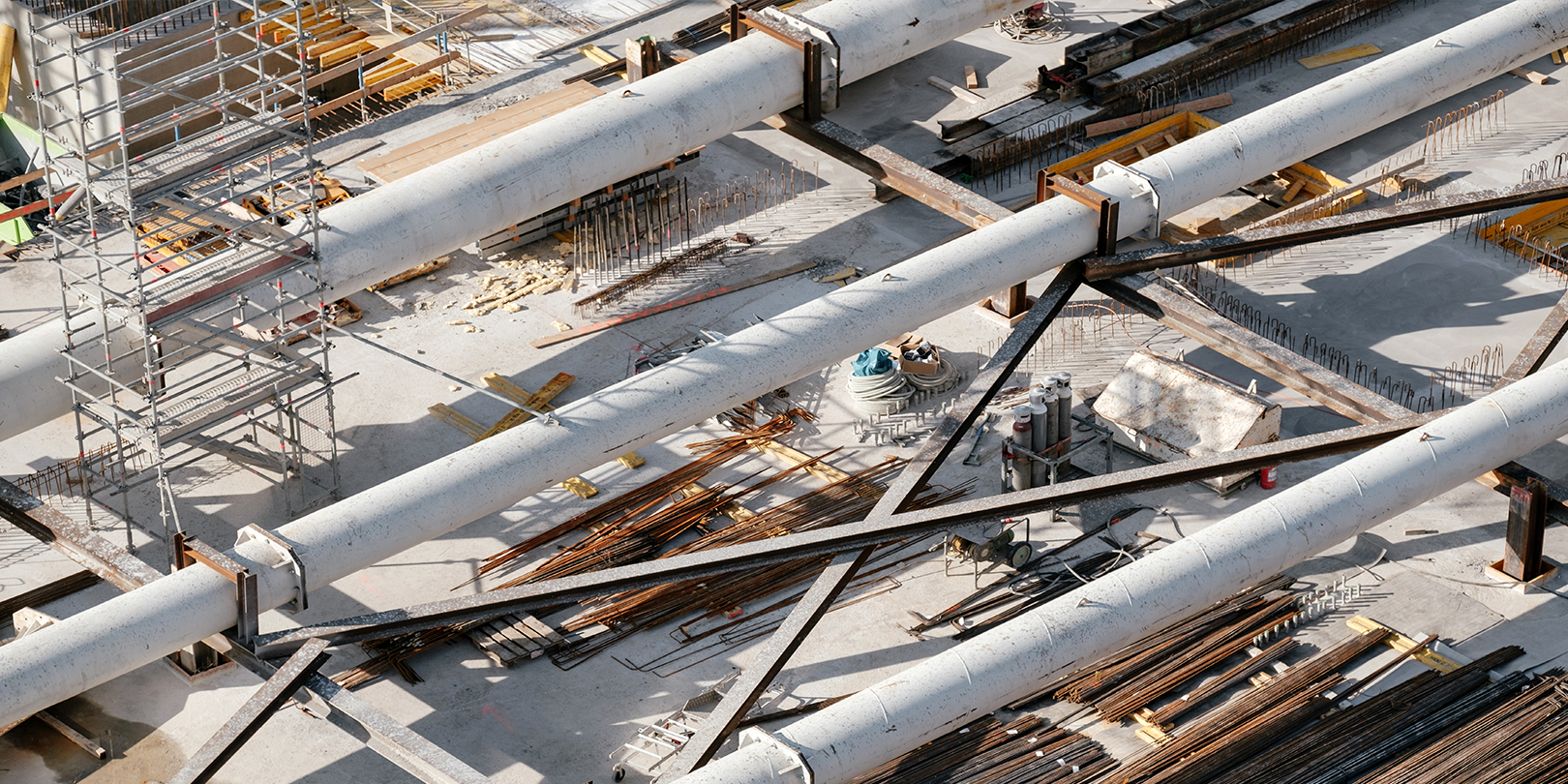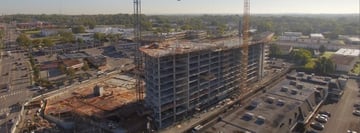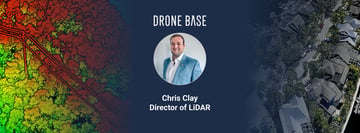In industries like construction and mineral exploration, unmanned aerial vehicles (UAV) have become fixed tools of the trade. The speed, efficiency, and cost saving benefits provided have changed the way business is conducted for good and for the better.
In order to double down on the advantages of incorporating UAV’s into operations, industry leaders are getting creative. It has become common place that industry specific tech is adapted to drones, particularly with regards to imaging, in order to exploit drone capabilities beyond those of logistical efficacy.
Data analysis and the sheer volume of information that is now available to construction and mining professionals as a result of drone use has spawned something of an age of enlightenment. The depth of knowledge amidst the landscape of these industries, gained over only the last decade or so, marks breakthroughs amidst the landscape of these industries, the extent to which has before been seen.
And the proof is in the numbers. There are statistics available that report reductions in survey field hours by nearly 30 times in construction, and favorable ratios in the collection of survey-grade data in mineral exploration. What a drone can transmit in 20-30 minutes, once took a manned crew of four surveyors multiple days.
When you consider these data points and the ways drones are used to achieve them in construction and mineral exploration, it is a wonder that UAV’s are not more prevalent in work of civil engineers and city planners. The day to day responsibilities associated with these professions are strikingly similar to the observation and survey phases of the aforementioned industries. In fact, it could be argued that for civil engineers and city planners, tasks easily automated by drones make up a larger part of their overall roles than other industries where drones are more widely used.
It goes without saying, then, that drones can provide even more drastic improvements to urbanization. Drones for engineering use can speed initial surveying, providing vantages that paint a fuller picture of potential city design issues, and with some creativity, tighten the feedback loop on data reported, analyzed, and carried out on site.
Speed and Accuracy of Initial Observation and Survey
The main way in which drone use can benefit civil engineers and city planners is in offering a faster and more accurate approach to initial observation of a site and the subsequent surveying used to inform organization of a community. As in other industries where business is operated on and conditional to the landscape of a site, engineers and urban developers use traditional surveying methods to theorize possibilities and limitations within their designs.
This is a costly process, mainly due to the man power required, and one that cuts deeply into time that should be dedicated to the heart of the work. In some cases, engineers and planners are left waiting on surveys ancillary to the original in order to ensure accurate locations of impediments or the area of land composition not conducive to development.
Drones cut minimize the time spent getting the lay of the land using location pinpointing that is certain to be right the first time. The scope of the drone’s imaging is also vast. In addition, reporting on information important to the design, the more holistic sense of the territory gathered in aerial drone image allows for the planning of direct next steps like access points and potential hazards with regards to the project site.
Drone operators can also send these images to men on site. This kind of real time feedback tightens the loop of surveying, staking, planning, and execution.
Vantage Accuracy
With 360-degree drone images, engineers are able to see potential problems associated with the cooperation of many moving parts within a city’s organization. Urbanization is complicated. It takes a special combination of ideal land conditions and planning to create a neat grid system like that of New York City. These conditions are rarely the case, and so designers must get creative. It is impossible to do so in a way that renders a safe, tidy, and easy to navigate result without foreseeing potential problems.
What’s more, these images can be adapted to three-dimensional cartography. This adds a spatial dynamic to the process, vital to the aesthetic of a design.
Faster and Safer Data Reporting
The effects of our growing population and its relationship to the health of our planet is now front of mind across all aspects of life and industry. In response, communities are being designed such that infrastructure supports sustainability.
While this is undoubtedly a good thing, it limits what is possible for developers in terms resources used in site development. Navigating this starts at the planning stage, and is nearly impossible without good data.
Drones can be equipped to inspect structures for energy efficiency. This is done faster and at less cost to engineering firms who once relied on a manned process to take separate emission readings for each floor of sometimes multiple story structure.
Other technologies specific to surveying have also been proven to render more telling data when used in cooperation with UAV’s. These include programs that when applied to drone imagery can subdivide land, calculate stockpile volume, and even create flood insurance maps.
All of these tasks are necessary, and there was a time not so long ago when each would be subcontracted separately. By incorporating drones, the process is kept in house, reducing the number of players in what once seemed like a game of surveying telephone. Now, nothing in lost in surveying, data collection, and thus, the important design work engineers and city planners do to streamline our cities, streets, and infrastructure.





